Aggressive behaviour in children: what can parents do

An aggressive child is not uncommon in the modern world.
Unfortunately, for many parents this is a big problem, which they face at home when bringing up their child, as well as in the children’s team, when their beloved child is in the same territory as the child, showing aggression.
«Why is aggression dangerous?», «How to help a child with aggressive behaviour?» – these and other questions we will try to answer in this article.
Give your child more freedom while ensuring their complete safety. Install the “Findmykids” app from AppStore and GooglePlay.
Contents:
- Portrait of an aggressive child
- Types of aggression
- How to understand that your child has an aggressive behaviour: symptoms and signs
- The manifestation of aggression at different ages
- Causes of child aggression
- How to fight child aggression – the advice of a psychologist
- Mistakes of parents
- Recommendations to a parent of an aggressive child
Portrait of an aggressive child
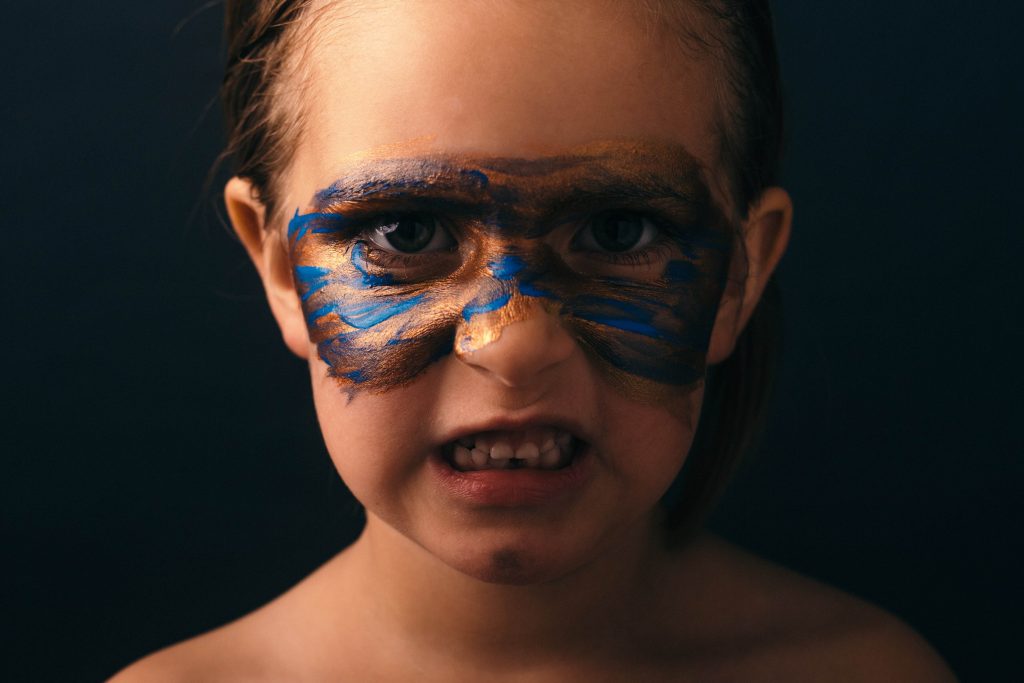
Prostock-studio/Shutterstock.com
It is difficult not to notice a child with aggressive behaviour. Often it is a pugnacious and rude child, which can attack and hit his friends and parents, crash toys, shout and use rude words intentionally.
An aggressive child becomes a big problem for his or her parents, mentors and teachers. It is very difficult to accept this «difficult» child, and it is even more difficult to understand what the reason for this behaviour is.
Aggressive behaviour of children is a «shout for help» and a sort of method of attracting attention. Such a child is a «signal» that he or she requires love, care and acceptance. The kid is using aggression to show that he or she has inner discomfort and a feeling of being outcast and forgotten.
Indifference and cruelty from parents can cause problems in child-parent relationships and may bring about the reassurance of the child that he or she is not loved. To change the current situation and to «earn» the love of parents, children try to attract their attention with any possible tools, including aggressive behaviour. If a child feels vulnerable, unsure of himself, if he or she cannot enter the peer circle and feel integrated into it, it will not take long for aggression to develop.

Prostock-studio/Shutterstock.com
Such children often cannot measure their aggression. They do not notice that this type of behaviour leads to negative consequences. They are anxious and scared; they feel that the whole world is against them.
It is very important for the parents and mentors to understand what is the difference between «aggression» and «aggressiveness»:
- Aggression – is a one-time action of a child, which is crossing the moral and ethical norms and can cause moral or physical harm to people around.
- Aggressiveness – is a form of behaviour, which is becoming accustomed.
Types of aggression
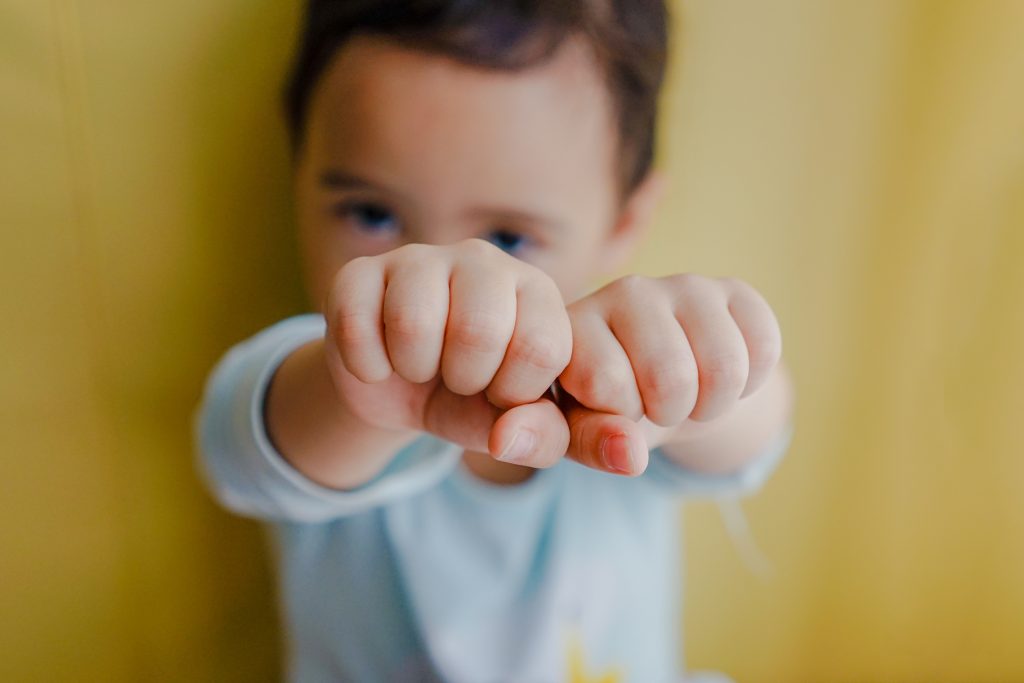
Prostock-studio/Shutterstock.com
The following types of aggression can be defined:
- Verbal aggression. This type of aggression is expressed verbally: raised voice in the conversation that turns into shouting, insults and humiliation, even threats sometimes.
- Physical aggression. This type of aggression is expressed in a specific behaviour in relation to a person, as well as in causing damage to someone else’s property: bites, beatings, damage to various things, technology items, etc.
- Direct aggression. The type of aggression that is directed onto a specific object.
- Indirect aggression. Using this type of aggression, a child can gossip, use rude jokes and have provocative behaviour.
- Auto-aggression. This type of aggression, which a child uses against himself. It is expressed in pulling of hair, eyelashes, brows, nail nibbling, often traumatization.
How to understand that your child has aggressive behaviour: symptoms and signs, diagnostics

Prostock-studio/Shutterstock.com
What should parents pay attention to their child’s behaviour?
How to identify aggression:
- a child cannot control his or her words, actions, emotions and behavior in general. Rarely, the kid tries to take control of behaviour, but nothing works out of it;
- the child often argues with friends of the same age and adults; starts arguing and entering the conflict with them intentionally;
- he or she breaks toys, damages buildings that are handmade; loves to damage the belongings of other people, and you can see his or her real enjoyment;
- kid doesn’t react to requests, indications and breaks rules that have been set;
- child intentionally has «bad» behaviour to cause a negative reaction;
- he or she remembers the offence and the offender; always tries to pay back;
- he or she cannot accept mistakes and always tries to make excuses and blame someone else.
For children, especially those of school age, not obeying what they are told is normal. If there is a serious reason for this (unfair punishment, offence), then, the child’s aggression is justified, and in these cases, this is a normal reaction for the child.
Parents should only take actions when they notice at least several of those signs in their child on a regular basis (over six months).
Diagnostics
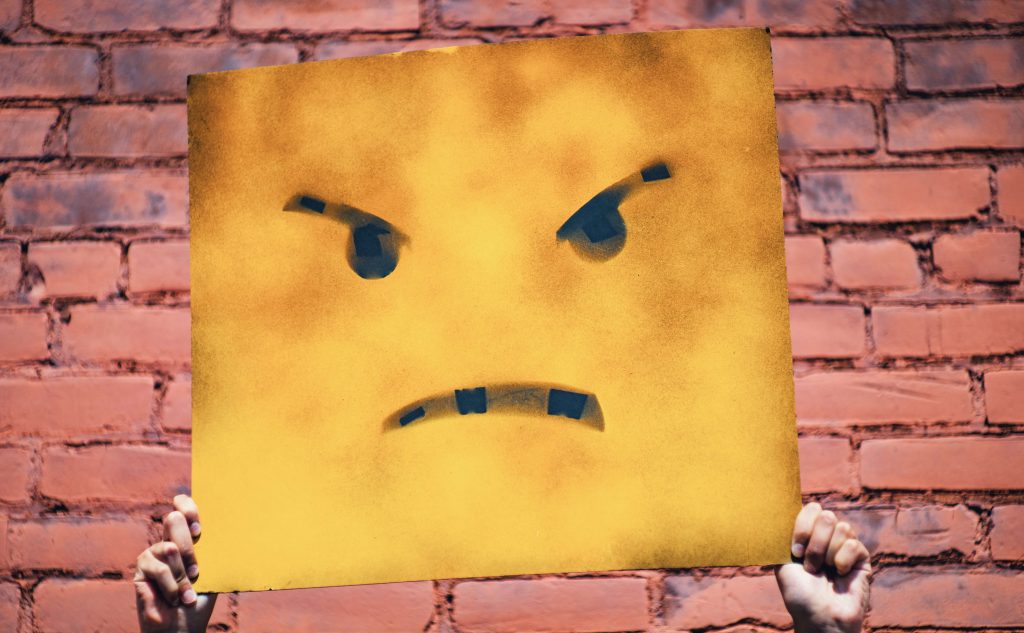
Prostock-studio/Shutterstock.com
In case of doubts regarding the level of child aggression, you need to pay extra attention to kid drawings, as they can be very informative. It could be the time to ask for help if the child:
- draws him/herself as a small figure (in relation to other objects on the drawing);
- draws him/herself in a closed pose (elongated, angular figure with hands clasped to the body or hidden behind the back);
- draws him/herself with big eyes, with sharply drawn pupils;
- draws teeth and nails sharply;
- fire;
- big hands, fists;
- regularly forgets to draw some members of the family or leaves the figure uncoloured;
As well as:
- if the drawing has many corrections;
- lines of the drawing are weak, and there are no sharp edges.
Diagnostic of the child’s aggressive behaviour should be done by specialists (psychologists, psychiatrists, neurologist). The main aim of this diagnosis is to discover the reason for the aggressive behaviour and to understand why and who the kid is defending from. Moreover, it is important to study the «resources» of this child as they can be useful in solving the current problem.
The manifestation of aggression at different ages
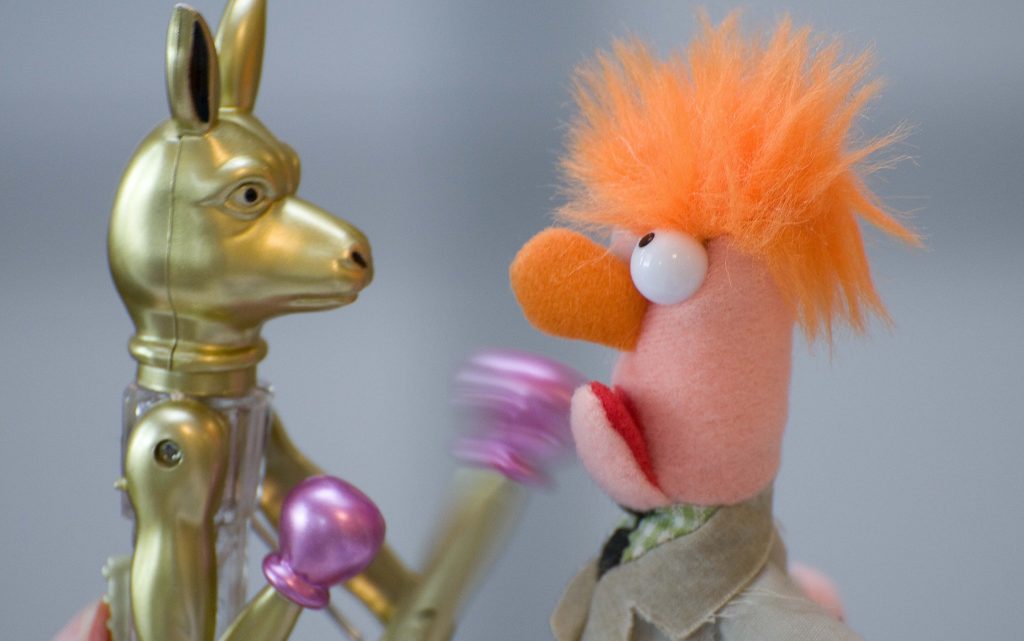
Prostock-studio/Shutterstock.com
We can see the manifestation of aggression in children of various ages:
Infancy
Infants show their aggression when they are hungry, feel pain, discomfort or are in an uncomfortable position.
Early childhood
Small children tend to manifest their aggression:
- to an adult and it is related to achieving an aim;
- to their new-born brother or sister, as the feeling of fear of losing the love of their mother and jealousy aggravate.
After the three-year crisis the aggression generally «fades away».
Pre-school years
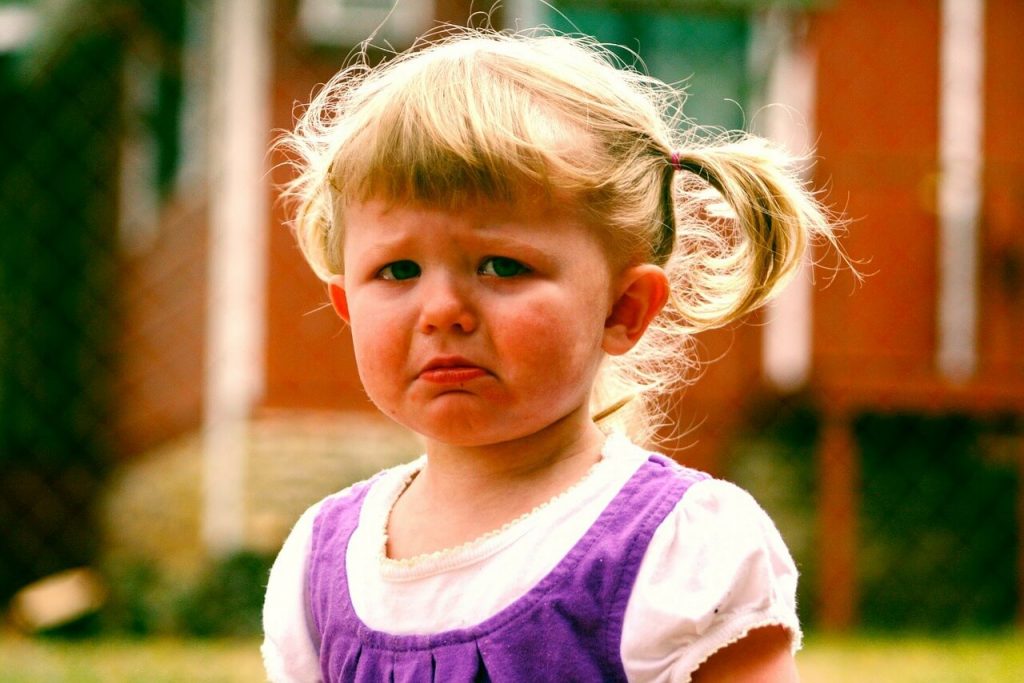
Prostock-studio/Shutterstock.com
Hostility to pears appears. Aggression can manifest as a reaction to being insulted.
School years
At this age, aggression most often appears in verbal form to protect their interests (insults, arguments) or to get out of isolation. Aggression can also be used by a child at school to show that he or she has been offended, as well as fear.
Teens
In the teenage period, the manifestation of aggression has a demonstrative character, «I am grown up, and I can let myself do it!». Most often aggression is manifested in leaders and/or outsiders, as aggression in this period is very closely related to communication with people of the same age.
Reasons for child aggression
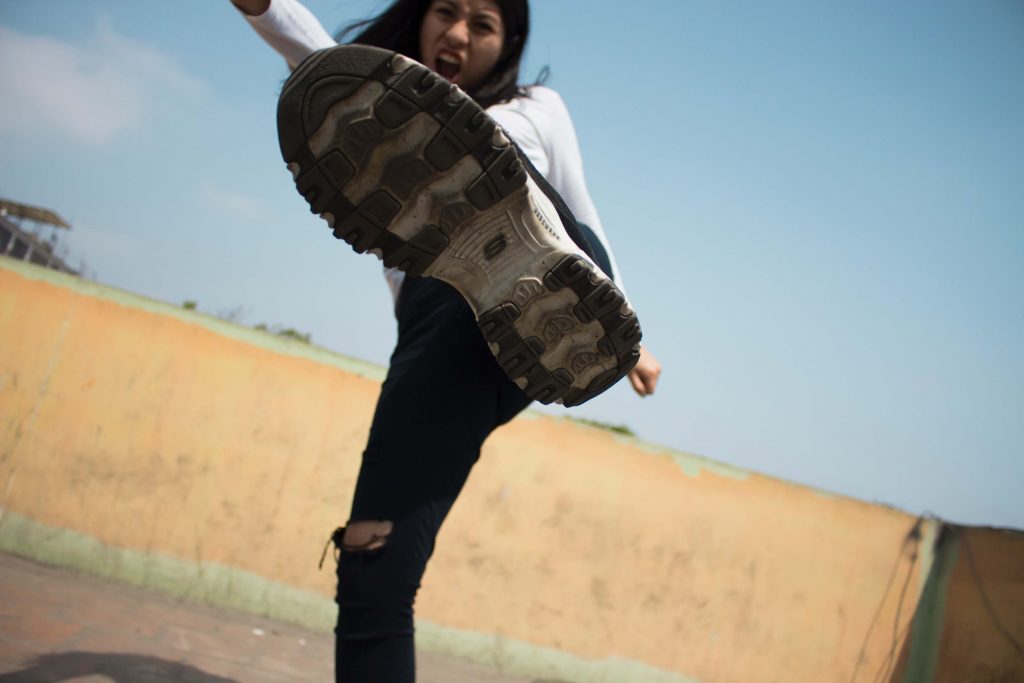
Prostock-studio/Shutterstock.com
Emotional abyss
If parents and children do not have a set or have lost their positive emotional connection, if parents solve their problems between themselves very loudly and emotionally, and, in the worst case, blame the child in their problems, this can lead to the manifestation of aggressive behaviour in children.
Here, two possible outcomes of the events leading to aggression are possible:
- Copying. When aggression is perceived as a possible option for behaviour and an assimilated way of solving problems.
- Loss of a reliable attachment (when there is no contact). If contact between a parent and a child is lost or has not been developed from the beginning, manifestation of aggression in a child’s behaviour will not take long to develop.
Disrespect to the child’s personality
If an adult (especially parents) allow themselves to swear, humiliate or use incorrect statements to a small person, then, it causes the development of deep complexes. A result of such communication can be not only aggression but also flashes of intense rage.
Low self-esteem
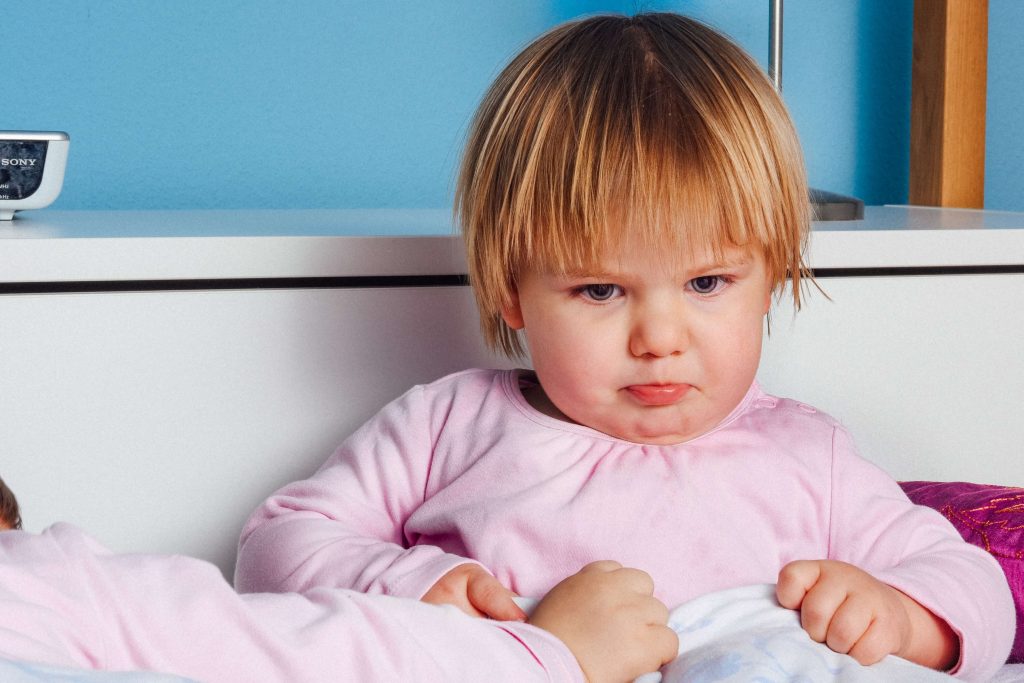
Prostock-studio/Shutterstock.com
One of the reasons for the child’s aggressive behaviour can be low self-esteem.
If a child is not self-confident, then, he or she is not sure in people around you as well. Low self-esteem «draws» danger in their imagination, which can come from friends, parents or teachers. In these cases, the child is not waiting to be offended; he or she starts to behave aggressively, warning the imaginary attack from outside.
If these children do not have the opportunity to get emotional support from parents due to the low self-esteem, there is a chance of a child choosing an aggressive form of behaviour.
Hyper- and hypocare
A complete absence of control, as well as over manifestation of it, bring about a great danger to behavioural forms as well as to the level of manifestation of aggression. Excessive control from the side of parents can give rise to fear and anxiety, which accumulate in the child and bring about an inevitable protest against the existing rules. Often this can happen in the form of aggression.
To be the best

Prostock-studio/Shutterstock.com
A wish to be the best in the group of friends often pushed children to the manifestation of aggressive behaviour.
Modern heroes of cartoons, films, documentaries and computer games, no matter if they are positive or negative, carry aggression. We often see the use of force intervention for allegedly good purposes on screens. Adults understand that this is a very last way of getting out of a situation, but the child thinks that this is a call to action in the same way in any situation. They think that this is the most comfortable way of achieving a certain status in their peer circle.
In such cases, it is important to explain to the child that there are different ways of achieving a leader status: for example, through abilities and hobbies.
«The same as everyone»
Currently, when the child gets into one social group or another, he or she sees different types of behaviours. If in the class the aggressive behaviour is supported, then, it will be easier for the child to wear an «aggression mask» in order not to stand out from the group and not to be an outsider, and not to fight the set norms. Pressure, which the child has from the class, can be compared to a crowd phenomenon – it is very difficult to resist this pressure even for the adult, not even talking about kids.
Do not forget about the causes such as exhaustion, the prohibition of physical activity, excessive intake of some food products (chocolate, caffeine, etc), air temperature, noise level, etc.
How to fight child aggression – the advice of a psychologist

Prostock-studio/Shutterstock.com
Parents need to know several truths, which will help them to fight child aggression:
Outlet and not suppression
We always need to let the emotions come out, not «squeezing» them and not «suppressing» them.
This is what parents need to learn themselves, and then teach their children. If you are angry, then do not be scared to tell your child about it. This is normal. In this way, you are talking about the problem, and it releases you. In parallel, you are showing your child that he or she can also do it this way – talk about things a kid doesn’t like, that he or she is angry or upset about something. With time, the child will master this «manoeuvre» and will understand that it is much easier to talk about the problem rather than attracting attention using horrible behaviour.
Good example
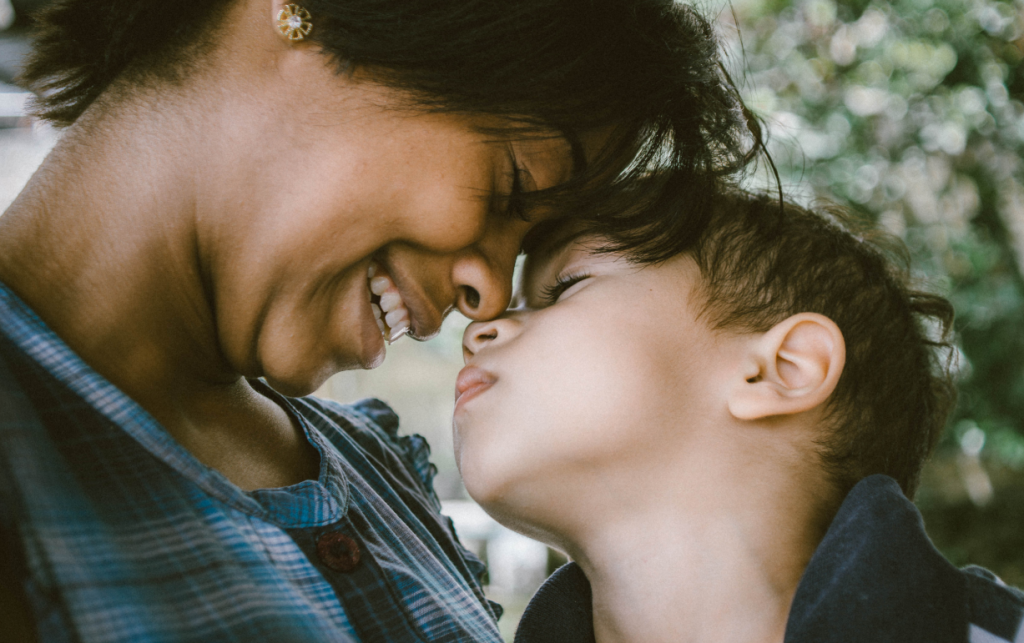
Prostock-studio/Shutterstock.com
It is important for your words and actions to match. Be aware of this. Do not demand from the child something you cannot do yourself.
If you want for your child to ecologically show his or her emotions, pay attention to how people that surround kid do it, and most importantly, you – parents.
If you have difficulties in showing your aggression and cannot accept the aggressive behaviour of your child, then, maybe it is a good time to talk to a psychologist.
Aggression is inevitable
If an aggression attack has already started, a child is shouting and is trying to hit; then, the best option is to hug the kid. When he or she is calmed down you can say that you are always ready to listen to a kid when he or she feels bad. In such situations, it is better to talk to your child without any outsiders and without emotional words and phrases.
Correction methods of aggressive behaviour

Prostock-studio/Shutterstock.com
All parents that came across aggressive behaviour in children are interested, «How to correctly approach correction of such behaviour?
It is important to notice that in order to see a stable result, the correction should not be episodical, but rather continuous and complex.
The most popular method of correcting aggressive behaviour, especially in pre-school age, is art therapy in all its variety:
- drawing-therapy (you can use various drawing methods; blotting therapy, drawing with fingers, palms, feet);
- sand therapy;
- clay therapy;
- doll therapy (you can buy or make yourself dolls for doll and finger theatre, make paper figures for table theatre);
- tale therapy (when a child makes up a fairy tale him/herself, or you make one up for your child. It is important to offer the child a powerful positive role: knights, heroes, etc.);
- dancing therapy, etc.

Prostock-studio/Shutterstock.com
You should pay attention to active games that help to release the tension and neutralize aggression; games for developing communication and a positive model in a child, games for empathy development and those directed to relaxation.
You can offer the following aggression release methods for your child:
- crumple and rip paper;
- pillow or punch bag fight;
- use a «pouch/glass for screams»;
- use blow-up batons, water pistol or a trampoline;
- kick a tin can with his or her leg;
- rub plasticine into carton.
Parents’ mistakes
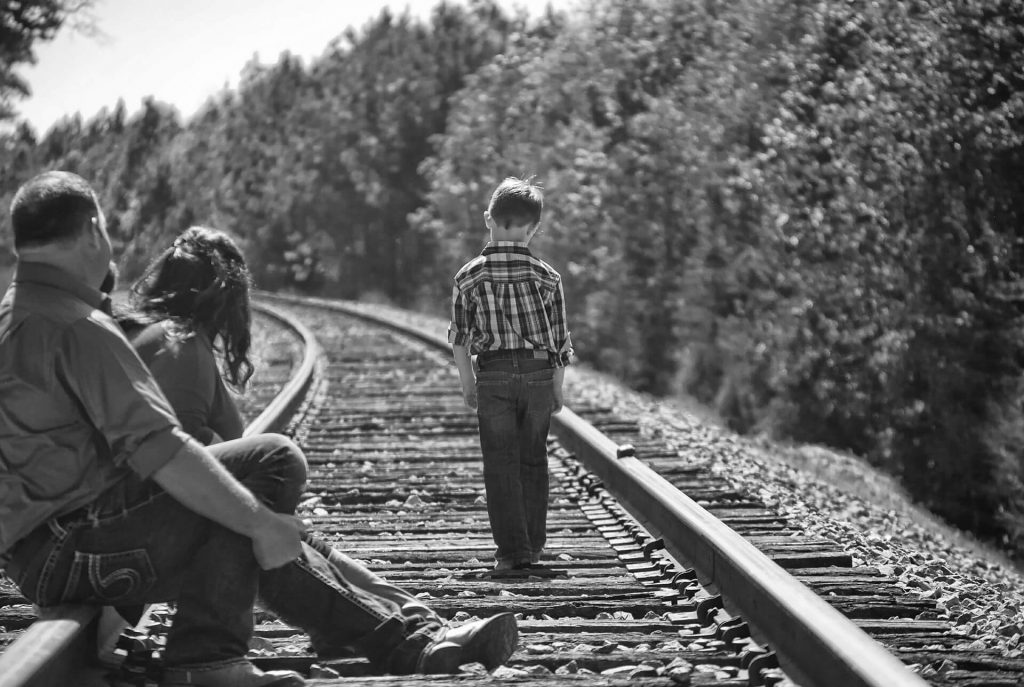
Prostock-studio/Shutterstock.com
The following factors may affect the development and fixation of aggressive behaviour:
- low level of family unity;
- inadequate family education style (hyper- or hypoprotection);
- different bringing up methods in parents;
- demonstration of an aggressive model of behaviour (parents to children, father to mother and so on);
- encouraging aggressive tendencies in children behaviour;
- indifferent attitude to the social success of the child;
- use of physical punishment;
- threatening and «verbal abuse»;
- Introduction of any restrictions;
- absence of encouraging;
- lack of attention to the child’s upbringing and interfamily relations;
- hyper control or absence of control;
- absence of family contact;
- underrating the role of the parent’s personal example;
- «life for children»;
- uncontrolled use of gadgets.
Recommendations for parents of an aggressive child
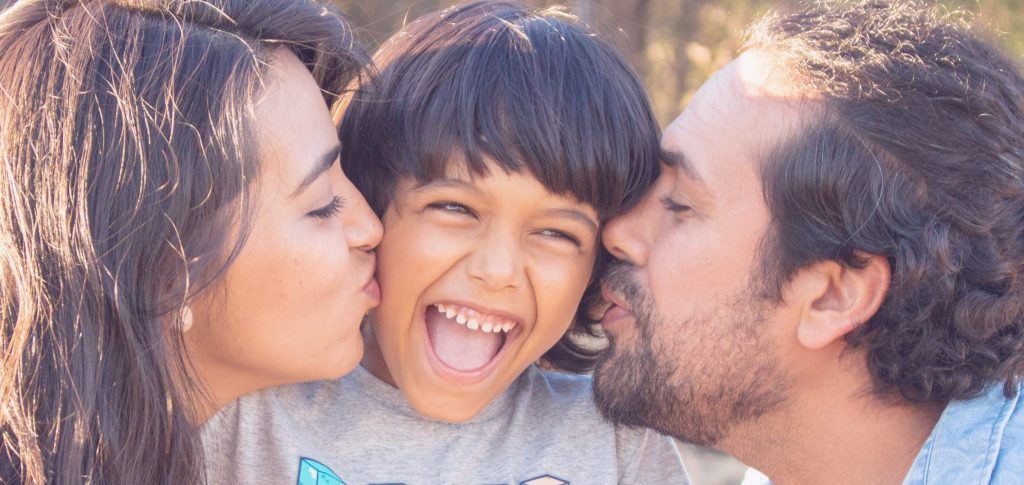
Prostock-studio/Shutterstock.com
- It is now allowed to forbid a child to show negative emotions. Highlight to a kid that any emotions are fine!
- Help the child to find a way of «ecological» aggression expression (this can be a sports activity, active games).
- Talk to your child, ask what bothers him/her.
- Raise the child’s self-esteem: praise his/her strong sides, highlight advantages.
- Decrease the level of criticism.
- Try to eliminate or minimize the aggression from the world surrounding the child (punishment, TV and computer games with aggressive accents, rude phrases in conversation).
- Try to speak with the child equally.
- Pay attention to your words. They have to match the actions (for example we talk about the inadmissibility of using rude words but use them ourselves).
- Develop a child’s communicative skills.
It is important to remember that punishments and prohibition of the expression of negative emotions can fix the aggressive behaviour in a child, drive problems inside. Look for a reason of occurrence of such behaviour.
Most parents come across aggressive behaviour of their child at some stage, sooner or later. And the most important thing they should remember in these moments – solve the problem only through love, tenderness and respect to your child.
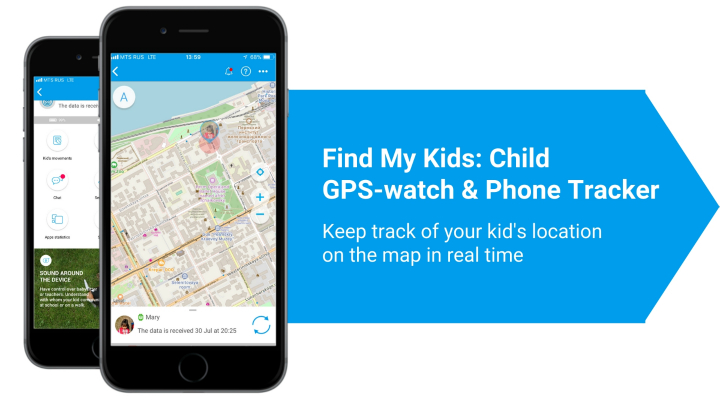
Prostock-studio/Shutterstock.com
Проверьте электронный ящик




















